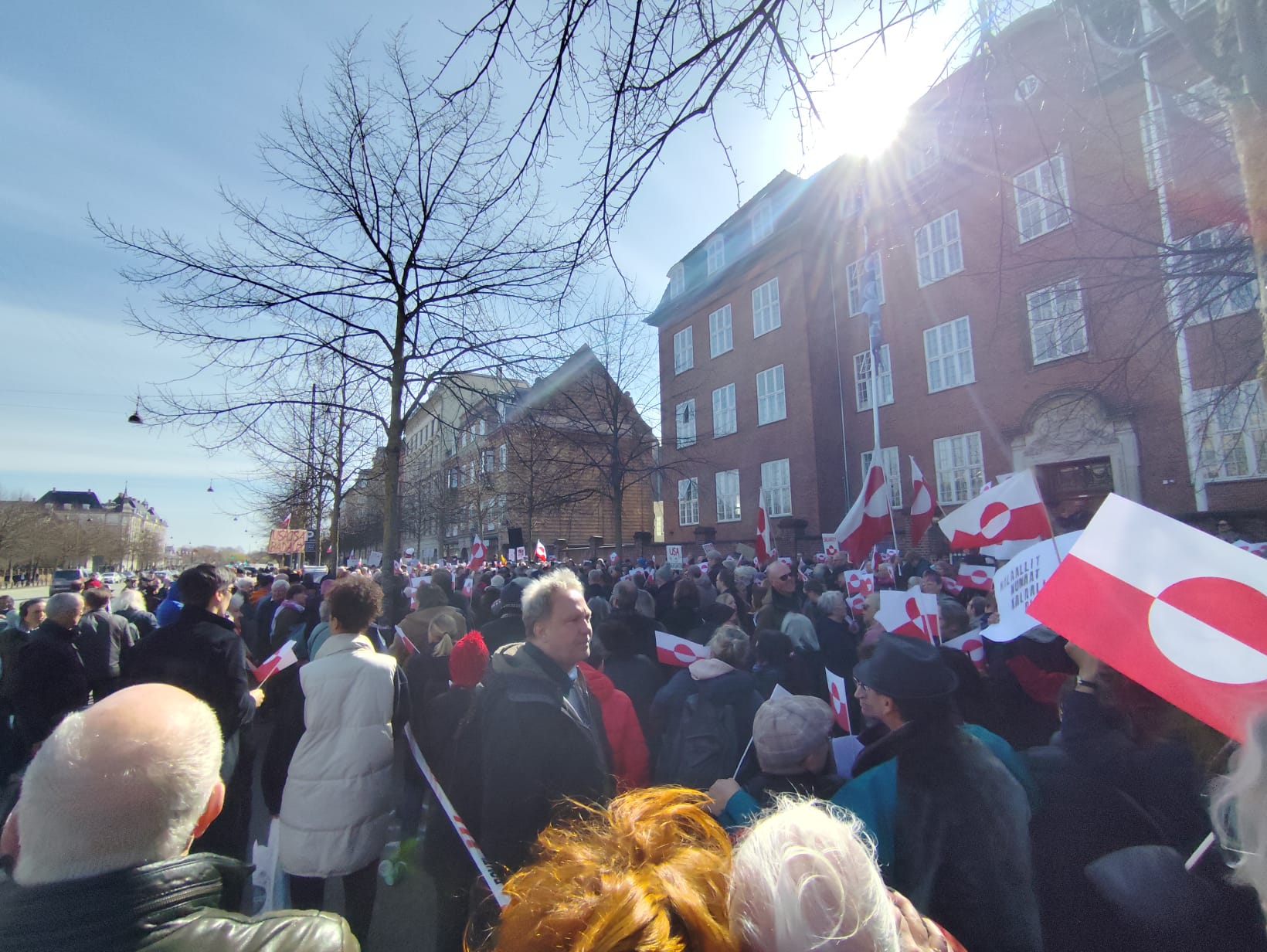Across the political spectrum, it would seem, MPs are calling for a partial reopening of society on March 1 – the date when the current restrictions are due to expire.
Both Pia Olsen Dyhr, the leader of the red bloc party SF, and Jakob Ellemann-Jensen, the head of blue bloc party Venstre, concur the time is right for all public school children (so grades 5-9) to return, along with a reopening of small shops.
However, Magnus Heunicke, the health minister, has indicated that any reopenings are likely to be regional and based on the threat of the British B117 variant of the coronavirus, which with a reproduction rate of 1.25 is gaining ground despite the general slowdown of cases.
His warning suggests people living in Greater Copenhagen, along with other urban areas with higher infection numbers than the national average, will have to wait a fair bit longer.
“Not closed forever”
“We must not keep Denmark closed forever,” contended Dyhr to DR last night.
“When we can see that infections are falling, then Danish society must also slowly reopen. I think that in March we will be able to see an opportunity for more reopenings.”
At the schools, Dyhr envisages rigorous testing, closed circles and more procedures, so they are able to shut down quickly in the case of an outbreak. Meanwhile, efterskoles should reopen, she says, and accept students with an appropriate negative test.
Next week if possible!
Ellemann-Jensen took to Facebook to condemn PM Metter Frederiksen and her government for being “most concerned with looking at restrictions rather than opportunities”.
As well as schools and shops, he wants to include upper-secondary schools (gymnasiums), vocational colleges and small businesses in the reopening – from February 22 if that is possible.
Only in areas with low infection rates
Tyra Grove Krause from Statens Serum Institut does not rule out the possibility of reopenings, and like Dyhr she says it is crucial that schools are able to shut down quickly if need be.
However, due to the threat of the British variant, she only approves of reopenings in areas with low infection rates.
While the corona reproduction rate is currently 0.9, the British variant’s was 1.25 last week.
British variant the decisive factor
Heunicke has accordingly ruled the presence of B117 will be the decisive factor regarding reopenings.
“The areas that have a low prevalence of B117 – this is where it will be most realistic to look at a regional reopening,” he said.
“I am not saying it must necessarily involve regional borders, but some clusters of municipalities – some parts of the country.”
Options on the table
Meanwhile, TV2 reports the government has been considering its reopening options, but not necessarily in the areas the public would guess.
It has been considering the possibility of permitting graduating classes (so grade 9 and the final year of gymnasium) to return, department stores to open, and relaxing restrictions on outdoor sports and cultural activities.
Additionally, it is also considering increasing the gathering limit from five to ten.
A new report from HOPE suggests that the public are growing weary with a government that does not appear to know what steps it should be taking.
Trust is also a problem, as a Megafon survey for TV2 and Politiken reveals that every third person believes the authorities are withholding important information about the pandemic.














